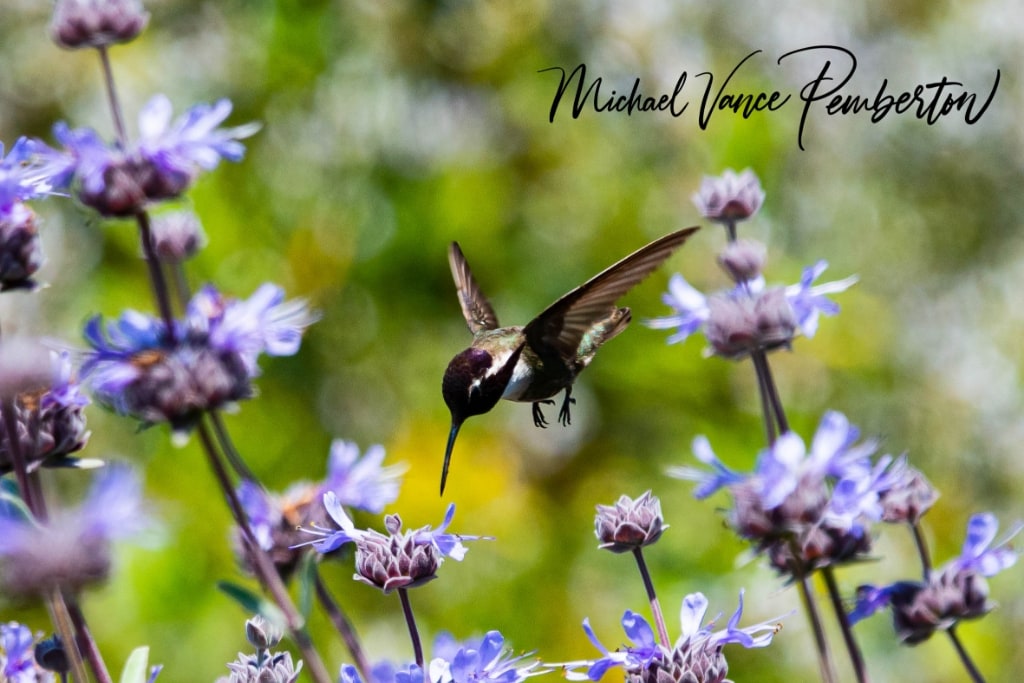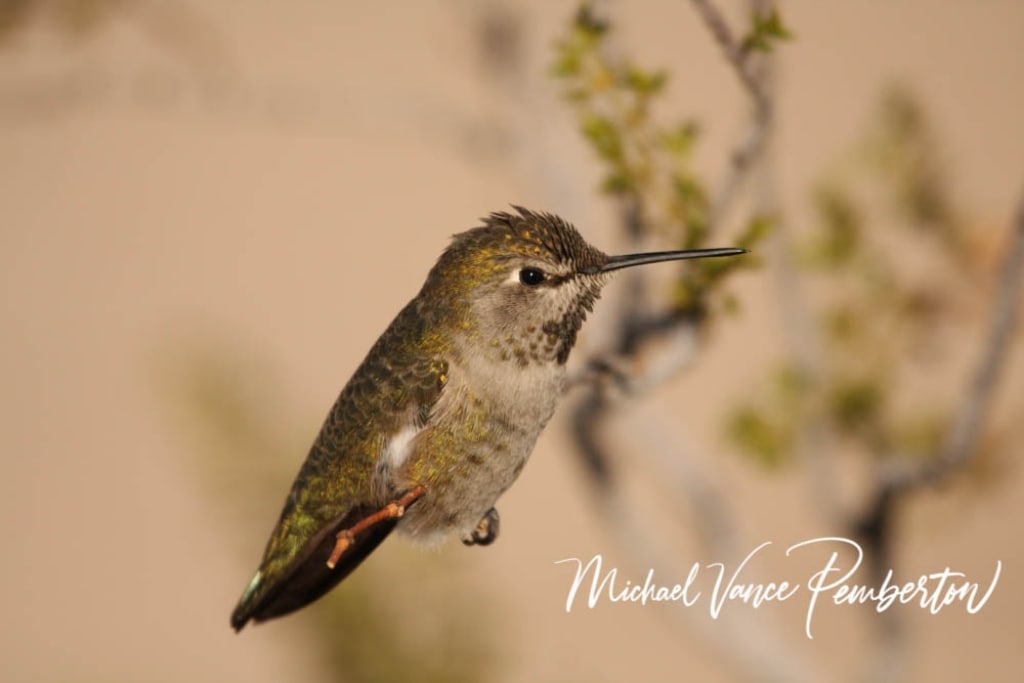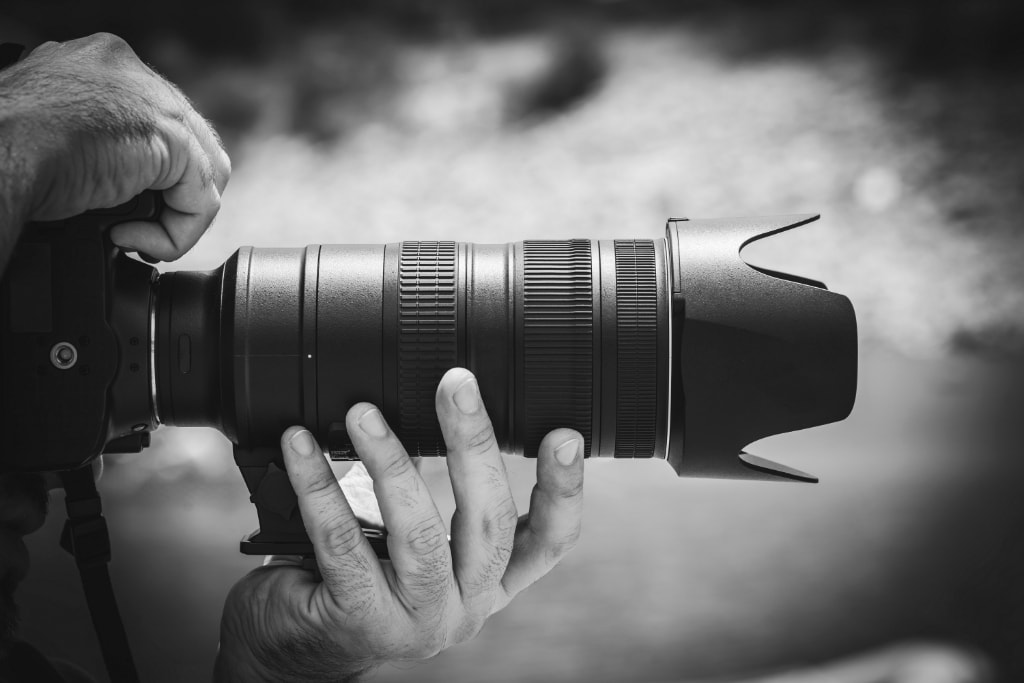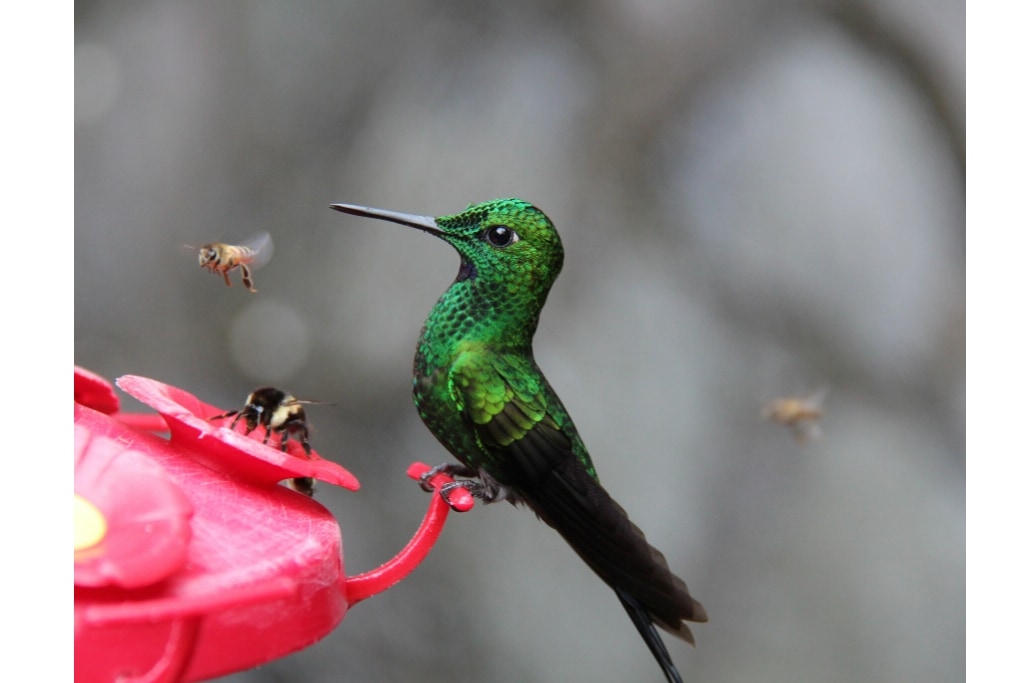
Complete Hummingbird photography guide.
Should you know about the location of your hummingbirds? The answer to that is yes, yes, yes, location, location, location. It is essential to know where your hummingbirds are unless you’re photographing at home with your bird feeders; obviously, you know where they are at. What you need to find out is this an all-season area for your hummingbird, a breeding area, a wintering area, or are they just migrating through your area. You’ll be able to find information like this on apps like the Audubon app. You’re going to want to look for areas with open woods, some brush, and flowers. Also, you’ll be able to have a great background behind the hummingbirds you are photographing.
Plus, while they are feeding on nectar from the flowers, they will be looking to capture small insects. Obviously, you don’t want to go to an area where there’s a bush with hummingbirds, and there’s a building behind the bush. It might make for an impressive background, but I like to try to have natural areas in the background. Sometimes there are buildings, and you cannot help it. I have taken some good photos myself in that situation. One of the first areas I started photographing hummingbirds was with my aunt at a local park called Memphis Botanical Gardens. During the summer, this place was covered in hummingbirds. So check out your local parks and see what you may find. It does not have to be a big park. Even a small park could have the right type of flowers to attract hummingbirds.

What’s the best time of day for you to photograph hummingbirds?
You care about what is called the golden hour when it comes to the best time to take landscape photographs. The golden hour refers to the time of day right after sunrise and right before sunset. This is when the light is a reddish color and softer because the sun is higher in the sky or lower depending on whether it is a sunset or sunrise.
When it comes to hummingbird photography, the hours you are going want to photograph are anywhere between 5:30 am till around 11:30 am and between say 3:30 pm and 7:30 pm in the evening. You also want to make sure you go on a sunny day or a day where there is a thin layer of clouds, this is when you get the best light out of the sun. Unless you are trying to take a silhouette of a hummingbird, always have the sun behind your back and make sure the sun is on the plant you are photographing the hummingbird on.

What camera and lens settings should you use to photograph hummingbirds?
First off, let’s talk about camera settings. You are going to want to use aperture priority mode when photographing hummingbirds. What is aperture priority mode? Aperture priority mode means you select the aperture, aka the “f stop” and the camera will use the appropriate shutter speed automatically. You are going to want to use an f stop of 6.3 or lower if possible and a shutter speed faster than 1/1000. You’re also going to want to make sure you use the right metering mode depending on the situation you’re in. If you are photographing hummingbirds that are backlit, you will use the spot metering mode.
If you’re photographing in bright sunlight that is hard and variable, you’re going to want to use evaluative metering mode on Canon cameras and center-weighted mode on Nikon cameras. If it is a very tight shot, you want to make sure you have a great balance between the background and hummingbird you should use matrix mode. A lot of people try to shoot without using a tripod. It can be done, but I have found, even though it can be a little cumbersome, using a tripod will help you get more sharp photos.
Most lenses have vibration reduction mode, but most camera companies say when using a tripod turn vibration reduction off. If your lens has the option of a panning mode, use it. Make sure to use large capacity memory cards as you will probably be taking a lot of shots. You should use auto ISO and use autofocus, this will make things easier for you just starting off. Make sure you shoot in raw, not jpeg.
Get the most out of your camera when it comes to frames per second. Fps or frames per second refers to the speed at which a camera can capture photos to your memory card. Some cameras have a crop feature that allows you to increase your frames per second. If you don’t use the auto ISO function and if you increase the ISO on your own higher than ISO 800, you might have a little more digital noise. Still, you can increase the frames per second.

How should you photograph hummingbirds?
Now that you know about your hummingbird locations and why you need this information. And you know when to photograph hummingbirds and what the camera and lens settings you will need to use.
This next step is essential. It would be best if you were very patient when photographing hummingbirds. Hummingbirds are very fast. They can fly as fast as 60 miles per hour, but the average is more around 30 miles per hour. So what you need to do when you see a hummingbird is to anticipate where it’s going to fly and focus on that location. When you look through the viewfinder and you see the hummingbird, it will be out of focus. But you will be able to follow the hummingbird if you pay attention to what you see in your viewfinder. You will have a better chance of getting a sharp picture by being patient and following the hummingbird wherever it goes. Try not to have your face against your camera, as this can cause the camera to move. Try to be a little bit away from the camera when looking through the viewfinder. Most people recommend having both eyes open, I prefer just having one eye open. If you can find a hummingbird perched, this is a great way to start off with your picture taking today. You will have a good chance of getting a flight shot if you stay focused and patient.

Should you practice at home with Hummingbird feeders?
Sure. The answer is yes. Practice at home with hummingbird feeders. Practice anywhere you can. It will help you get used to how fast they are and how they fly around and hover. I would say if you can have a distance of 8 to 10 feet, this is a perfect distance to photograph hummingbirds. If you do decide to practice at home, set up a backdrop like a solid color sheet behind the hummingbird feeders. This can help you get a great background, and it’s easier to follow hummingbirds.
Conclusion:
Photographing hummingbirds is an art. So make sure you know the location you are photographing your hummingbirds in. Go out at the best time of day or evening to see and photograph your hummingbirds. Use the right camera, lens settings, tripod, and the number one thing is to be patient and have a lot of fun!


Recent Posts
In shadows cast by love's deceitful guise,He wandered blind, his heart the captive prize.Through realms unknown, where truth remained concealed,He followed trails of falsehood, unrevealed. Blinded...
Prepare to be amazed as the MCAS Cherry Point Air Show returns on May 11-12. This annual event, hosted by the Marine Corps Air Station (MCAS) Cherry Point in North Carolina, promises a weekend of...